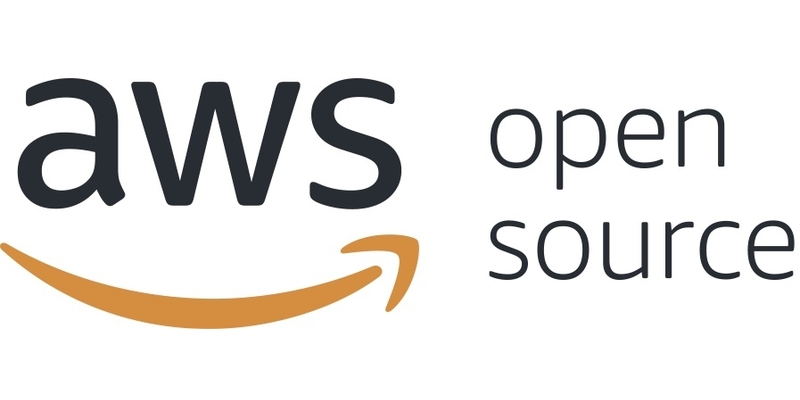AWS Open Source Blog
Category: Open Source
AWS promotional credits for open source projects
AWS has always aimed to help make technology that was historically cost-prohibitive and difficult for many organizations to adopt much more accessible to a broader audience. This applies to open source technologies as well. We help customers to run a wide variety of open source operating systems on EC2. We offer managed services for open […]
How AWS built a production service using serverless technologies
Our customers are constantly seeking ways to increase agility and innovation in their organizations, and often reach out to us wanting to learn more about how we iterate quickly on behalf of our customers. As part of our unique culture (which Jeff Barr discusses at length in this keynote talk), we constantly explore ways to […]
Distributed TensorFlow training using Kubeflow on Amazon EKS
Training heavy-weight deep neural networks (DNNs) on large datasets ranging from tens to hundreds of GBs often takes an unacceptably long time. Business imperatives force us to search for solutions that can reduce the training time from days to hours. Distributed data-parallel training of DNNs using multiple GPUs on multiple machines is often the right […]
Join us for the Open Distro Hack Day and more at All Things Open in Raleigh, NC
Note: See the All Things Open 2018 – Conference Wrap-Up for links to slides and more! We’re excited to return to one of our favorite open source community conferences, All Things Open, taking place October 13-15 in Raleigh, NC. AWS is a Presenting Sponsor, and we have some great events lined up – please join […]
Running secure workloads on EKS using Fairwinds Polaris
Getting configurations right, especially at scale, can be a challenging task in cloud-native land. Automation helps you to make that task more manageable. In this guest post from EJ Etherington, CTO for Fairwinds, we look at an open source tool that allows you to check your EKS cluster setup, providing you with a graphical overview […]
AWS RoboMaker’s CloudWatch ROS nodes with offline support
Developers and roboticists alike use a variety of tools to monitor and diagnose remote systems. One such tool is Amazon CloudWatch, a monitoring and management service that enables users to collect performance and operational data in the form of logs and metrics from a single platform. AWS RoboMaker‘s CloudWatch extensions are open source Robot Operating […]
AWS Joins the .NET Foundation
Fred Wurden, General Manager of AWS Windows and Enterprise and Norm Johanson, Senior Software Dev Engineer, AWS SDKs and Tools We’re excited to announce today that AWS is joining the .NET Foundation as a corporate sponsor. AWS has a long-standing commitment to .NET, with a decade of experience running Microsoft Windows and .NET on AWS. […]
Why does AWS contribute to open source? The Firecracker example
Open source has long lived by the credo that “Every good work of software starts by scratching a developer’s personal itch.” At AWS, however, we’re not content with simply writing good software: we write software to meet customer needs. Over 90% of what we build is driven by customer demand, and the rest comes from […]
EKS support for the EBS CSI driver
Today, we are announcing EKS support for the EBS Container Storage Interface driver, an initiative to create unified storage interfaces between container orchestrators such as Kubernetes and storage vendors like AWS. A History of Storage in Kubernetes As originally conceived, containers were a great fit for stateless applications. However, there was no provision for persistent […]
Building Spinnaker features for Amazon ECS
For the past year, AWS Container Services has been contributing to Amazon ECS support in Spinnaker, the popular cloud-based continuous delivery platform. Originally open sourced by Netflix in 2015, Spinnaker has become a compelling CI/CD solution for customers looking to standardize their deployment process across multiple platforms and integrate with existing tools like Jenkins or […]









